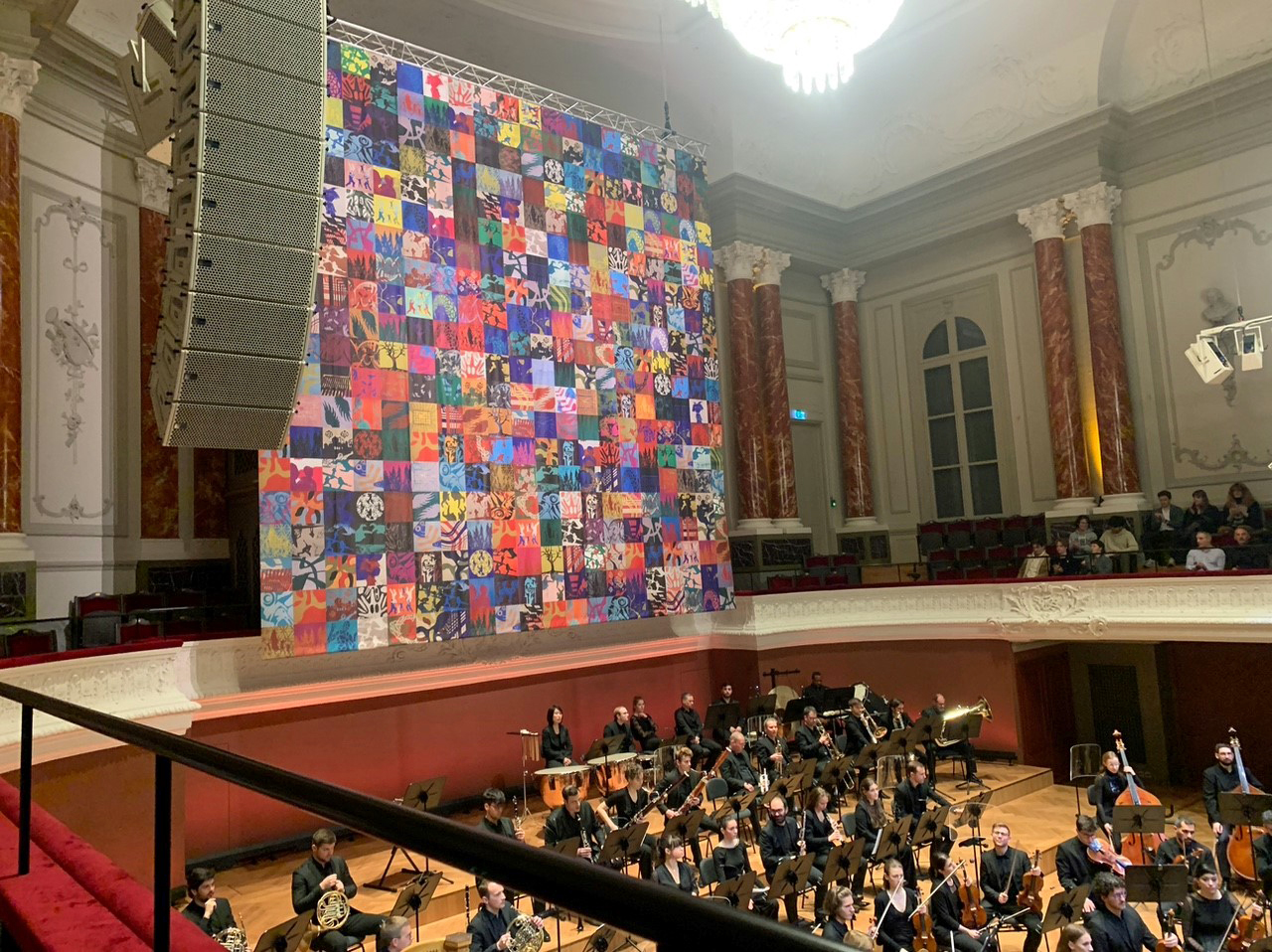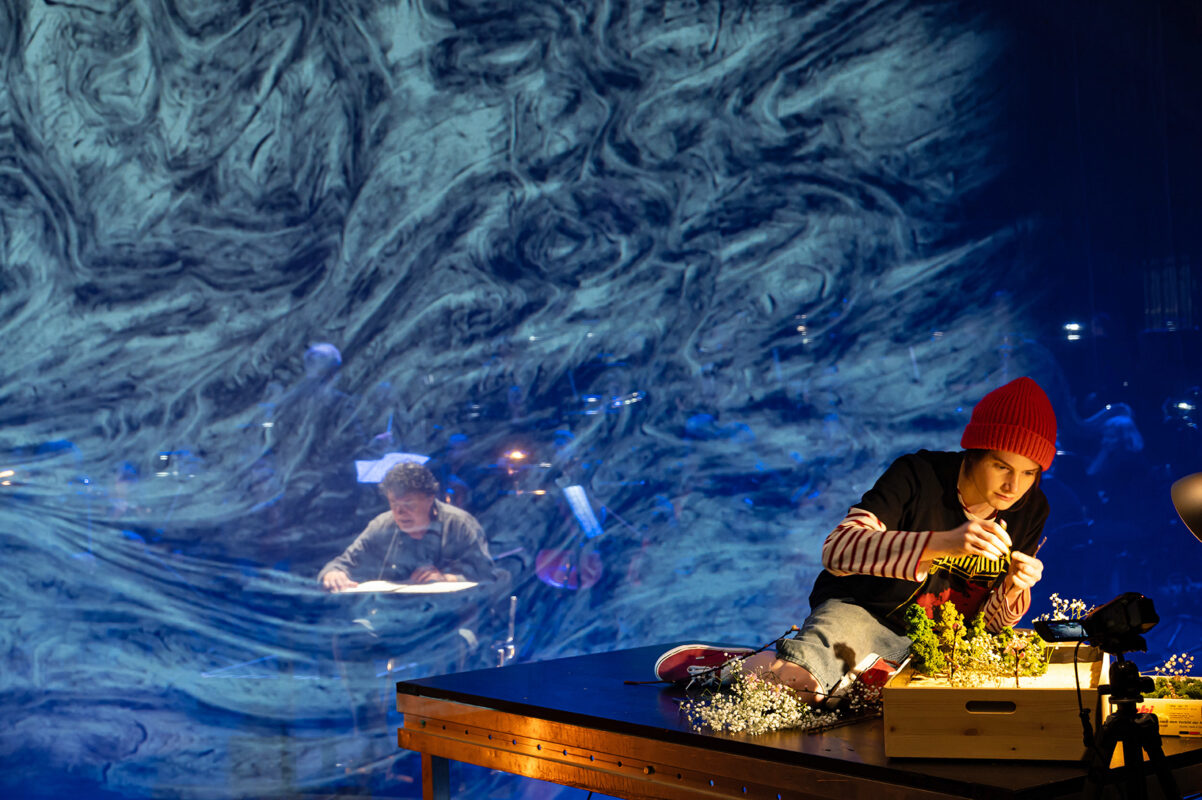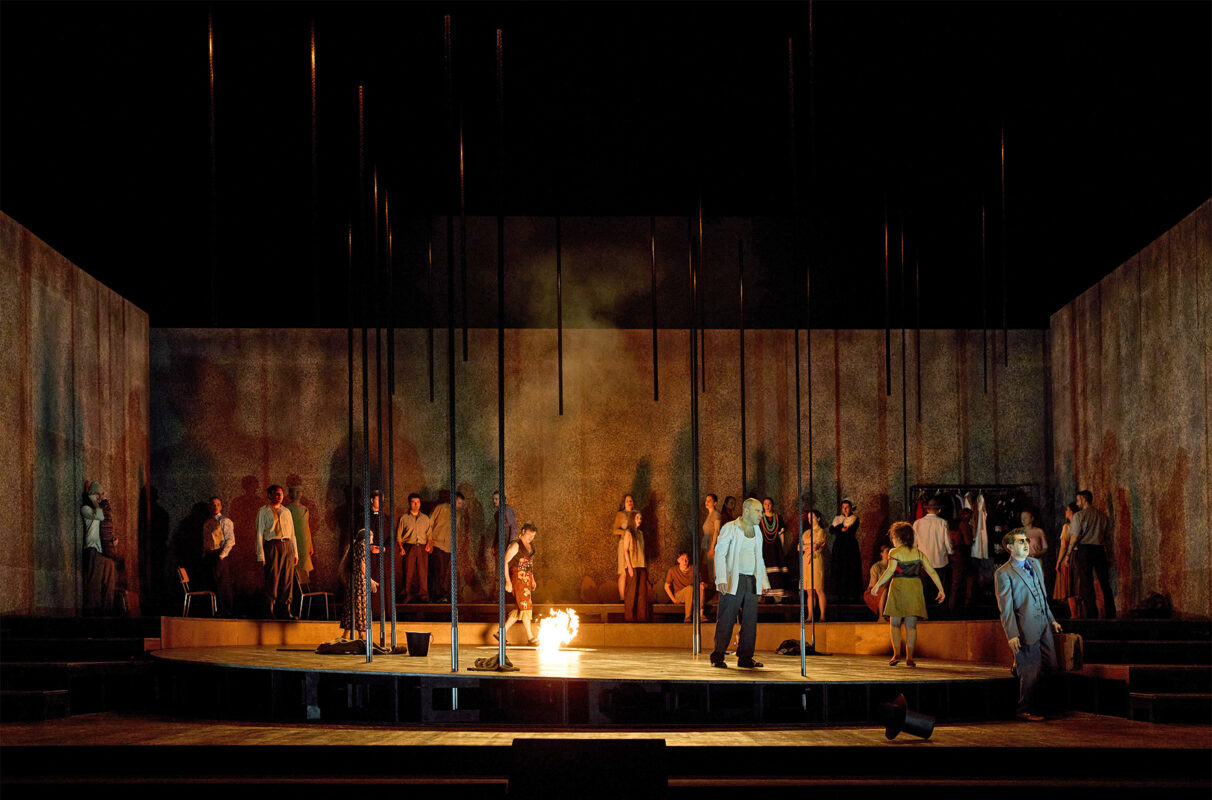The NOB with nocturnal images and sounds
The night as a source of inspiration and as a space for the liberation of thoughts: The New Orchestra Basel builds a bridge between works on the threshold of modernity and the creative power of young people.

The New Orchestra Basel (NOB) has been under the direction of Christian Knüsel since 2012. He professionalized the orchestra and repositioned it with interdisciplinary, thematic and annotated programmes. Promoting young talent is an important part of his orchestral work. Young people are involved in regular educational programs. The NOB Composition Workshop produces commissioned works by young composers under supervision. The NOB Academy offers Central and South American talents online master classes on their instrument; this season, the Jove Orquestra Nacional de Catalunya (JONC) from Barcelona as a cooperation partner. Six members of this orchestra have been invited to play in the concert on March 26 at the Stadtcasino. "We want to make youthful creativity visible in our concerts and bring the joy of music to the next generation," says the program booklet.
A picture from Nachtmusiken
Last August, Christian Knüsel asked the artist and design teacher at the Center for bridge programs Basel-Stadt (ZBA), Gert Handschin, to make a visual contribution to the program "Thoughts are free - 1001 nights" together with his students. During the concert break, he revealed that he was initially unsure whether he would be able to carry out this task, as he did not know the composition of his class at the time. Every year, new young people from difficult backgrounds or living in precarious circumstances come to the ZBA - this school year, there are also refugees from Ukraine. He asked his colleague Silvia Arbogast from Gymnasium Bäumlihof to work with him.
They agreed on the linocut technique and the format 21 x 21 cm. The brief for the 25 participating students was to experiment with shadows, fragments and colors and to be inspired by the music of the evening. In the end, the individual parts were put together to form a large square. The original could be admired in the foyer of the Stadt-Casino. A huge cloth with the photographically transferred works of art hung above the orchestra. The audience had the opportunity to let their eyes wander over the colorful squares and at the same time immerse themselves in the musical and nocturnal dream world.
Breaking formal shackles
In his introduction, Christian Knüsel presented Debussy as the first composer to abandon rigid formal structures. Debussy had set himself Nocturnes (1900) was inspired by the Impressionist paintings of the same title by James Abbott McNeill Whistler. With the sentence Nuages the orchestra succeeded in immediately transporting the audience into an imaginative nocturnal dream world. Con sordino, the dynamics within the pianissimo were fully exploited at the beginning. In the middle of the piece, the clouds piled up mightily before clearing again towards the end.
John Cage's Music of changes (1951) gave the NOB season program its name. In his piano piece, Cage elevated indeterminacy to a principle. No two interpretations should be the same. The performance should obey chance and be left to the performer's creativity. Knüsel resolved this requirement by having the pianist Beatrice Berrut play Cage's composition in alternation with the feel-good classical piece Forgotten Dreams (1954) by Leroy Anderson. The change from one to the other was controlled by randomly recorded bird calls.
Manuel de Falla wrote his three-movement work Noches en los jardines de España (1909-1916) was originally conceived as three nocturnes for solo piano, but was later reworked into a symphonic work. The piano is strongly integrated into the orchestra, but is always at the center of the action. Beatrice Berrut gave her part a brilliant profile.
The orchestra concluded with Nicolai Rimsky-Korsakov's Scheherazade (1888) into the magical fairytale world of 1001 Nights. Knüsel emphasized that having an imagination could also be essential for survival: "Inspiration was existential for Scheherazade", because the princess had to keep the Sultan happy night after night with 1001 stories in order not to be killed. The princess's years of survival find their musical expression in the ostentatious repetition of the one theme that runs through all four movements, but is constantly changing musically. One could say that the princess remains the same, the stories change. The development of the theme is achieved in the finest way in the two-way conversation between the woodwind and the strings. The solo parts by the clarinet, flute, oboe and bassoon, and especially the solos by concertmaster David Castro Balbi, are unforgettable.








